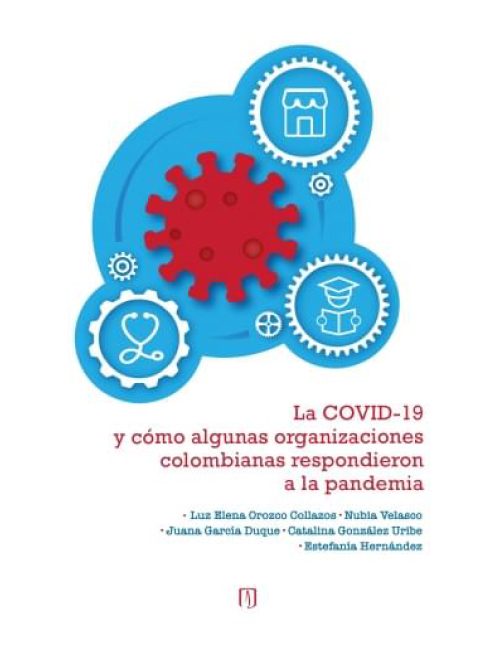Siempre esperamos que las retribuciones sean proporcionales a lo que otorgamos. Cuando competimos en un mercado, invertimos o asignamos recursos con el fin de capturar una parte del mercado, puesto que los competidores hacen lo mismo; en una condición de equilibrio, la participación del mercado que obtenemos debe ser equivalente a la participación de nuestra inversión con respecto a la inversión total de los competidores. Si la empresa obtiene una participación de mercado mayor a su participación en los recursos invertidos, logra una ventaja competitiva en el uso de los recursos, VCR. La medición de esa ventaja competitiva se efectúa mediante el cálculo de un parámetro que condensa la información del mercado y del uso de los recursos. La medición de las ventajas competitivas en las organizaciones es un asunto complejo, pues éstas se forman con activos tangibles; el parámetro VCR permite cuantificar el efecto de los activos intangibles en la ventaja competitiva. En el modelo ACE que contiene tres orientadores estratégicos Ambición, Creatividad y Eficiencia, se agruparon los recursos más relevantes en las estrategias de mercadeo. Este modelo se probó en 273 empresas en Estados Unidos cubriendo las industrias farmacéuticas, de automóviles, aerolíneas y supermercados; se analizaron los datos desde 1977 hasta 1998 para cada empresa.
We always expect the rewards to be proportional to what we award. When we compete in a market, we invest or allocate resources in order to capture a part of the market, since competitors do the same; in an equilibrium condition, the market share that we obtain must be equivalent to the share of our investment with respect to the total investment of competitors. If the company obtains a market share greater than its share of the invested resources, it achieves a competitive advantage in the use of the resources, VCR. The measurement of this competitive advantage is carried out by calculating a parameter that condenses the market information and the use of resources. The measurement of competitive advantages in organizations is a complex matter, since they are formed with tangible assets; the VCR parameter allows quantifying the effect of intangible assets on competitive advantage. In the ACE model, which contains three strategic guidelines Ambition, Creativity and Efficiency, the most relevant resources were grouped in the marketing strategies. This model was tested in 273 companies in the United States covering the pharmaceutical, automobile, airline, and supermarket industries; Data from 1977 to 1998 were analyzed for each company.



